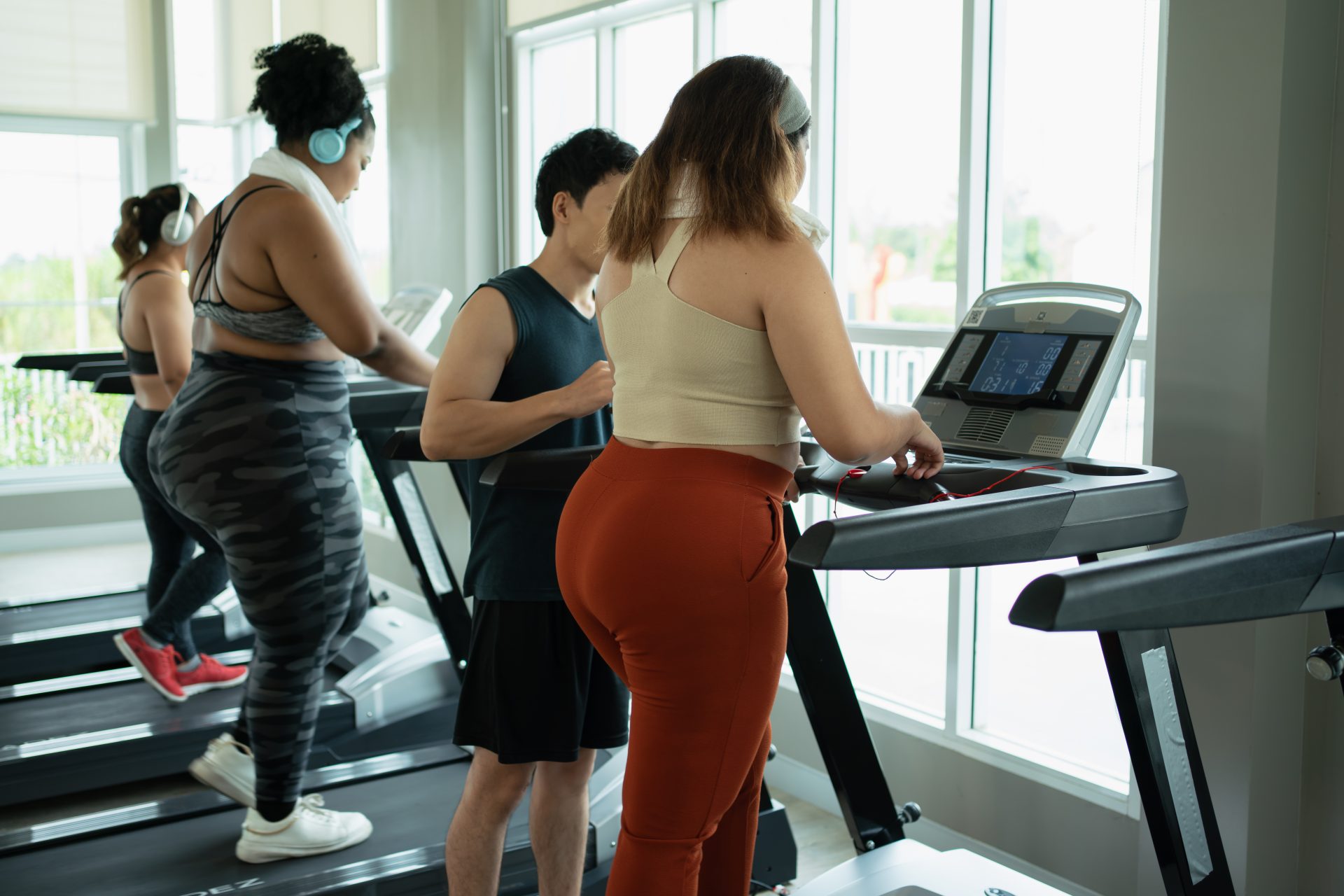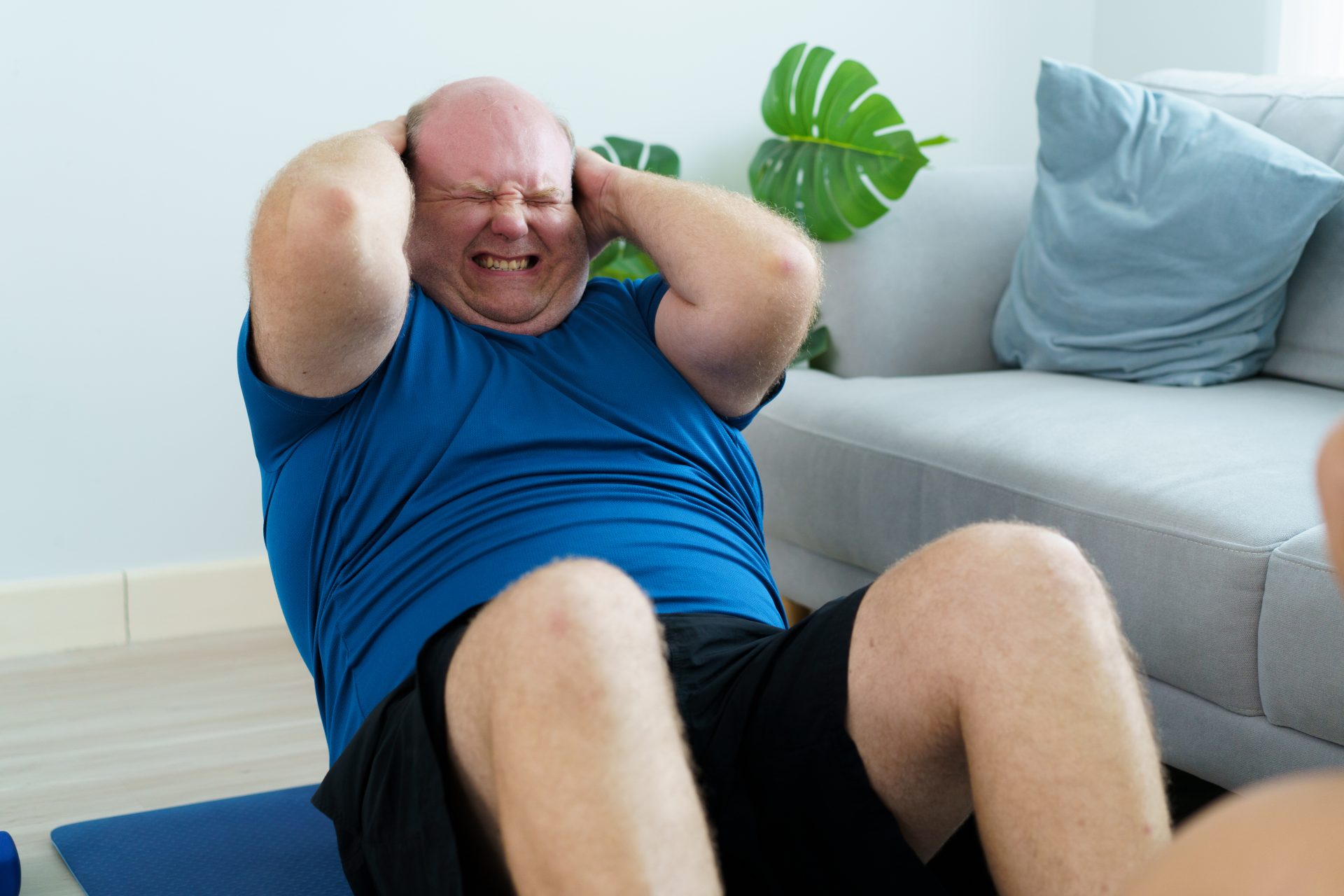Short bursts of daily exercise can seriously cut your cancer risks
If you want to cut your risk of developing cancer then it might be time to up the intensity of your daily activities, and according to a new study, it really doesn’t take much to make a big difference for your health.
Nobody wants to get a cancer diagnosis but more than 1.6 million plus new cases of the condition were reported in 2020 based on data from United States Cancer Statistics, the official list of all cancer statistics in the country compiled from a variety of sources.
However, just a few minutes of intense physical activity could be enough to keep you off the list of those who developed cancer according to a new study from researchers at the University of Sydney.
How did the researchers make this interesting discovery? Well, they followed a group of 25,000 people over the course of nearly seven years using wearable devices to track the daily activity levels of the participants according to a press release on the research.
As little as four or five minutes a day of intense activity could be enough to make all the difference, and the researchers found that that level of intense daily activity once a day cut cancer risks by as much as 32%.
The researchers specifically referred to the activity level as Vigorous Intermittent Lifestyle Physical Activity (VILPA), a term they created and defined in their study as “brief and sporadic” periods of vigorous physical activity “during daily living.”
This type of physical activity could include things like walking quickly or taking the stairs instead of an elevator according to the study’s authors, and while the idea might seem a little silly, adding VILPA to your daily life could prove beneficial.
“VILPA is a bit like applying the principles of High-Intensity Interval Training (HIIT) to your everyday life,” explained Emmanual Stamatakis, a Professor at the University of Sydney’s Charles Perkins Center and the study’s lead author.
Stamatakis explained in the press release from the University of Sydney that adults who don’t exercise have a much higher risk of developing cancer but that researchers didn’t understand the importance exercise could have on mitigating those risks.
“We know the majority of middle-aged people don’t regularly exercise which puts them at increased cancer risk,” the University of Sydney continued.
“But it’s only through the advent of wearable technology like activity trackers that we are able to look at the impact of short bursts of incidental physical activity done as part of daily living,” Stamatakis added.
Unfortunately, the study was only observational, and more research is needed in order to establish the cause and effect of VILPA on reducing cancer risks. But the researchers are confident that a strong link exists based on previous early-stage studies.
“It’s quite remarkable to see that upping the intensity of daily tasks for as little as four to five minutes a day… is linked to an overall reduction in cancer risk by up to 18 percent, and up to 32 percent for cancer types linked to physical activity,” Stamatakis said.
“We need to further investigate this link through robust trials, but it appears that VILPA may be a promising cost-free recommendation for lowering cancer risk in people who find structured exercise difficult or unappealing,” the professor added.
If you want to start implementing VILPA into your life before peer-reviewed results on its usefulness are proven, then you can begin by including five minutes of vigorous activity into your daily routine.
This activity doesn’t even need to happen all at the same time according to Stamatakis, you can stagger your activity into five one-minute chunks. So think about taking a walk after work or climbing the stairs the next time you see them—it could save your life.
More for you
Top Stories





























